The human body is a wonder of evolution. It supports the brain, the most intelligent organ on the earth that can accommodate up to five times more data than the Encyclopedia Britannica. Our bones exhibit strength exceeding some variants of steel when compared pound-for-pound, and among all animals, we excel exceedingly in long-distance running.
But for being such an extraordinary living being the human possess a body that hosts an incredible amount of things that make no sense. For example, what’s the deal with male nipples? They serve no purpose, their comically unsightly, and can be sensitively painful (titty twisters anyone?).
And let’s not even talk about the human appendix. This roughly 10 cm long vestigial structure literally does nothing but cause pain. And who in their right mind likes pain?
What gives evolution?!?! So on this list, we are going to go over 25 things about the human body that makes no sense…none whatsoever. It’s almost as if evolution took a night off resulting in some epic evolutionary fails…and we’re the result. THANK’S EVOLUTION!

Our inability to biosynthesize Vitamin C
 Source:nature.com, Image: en.wikipedia.org
Source:nature.com, Image: en.wikipedia.org According to an article in a 2010 issue of Nature Education, humans and other primates as well as bats and guinea pigs don’t have the ability to produce vitamin C by biosynthesizing it from glucose (other animals can).
The lack of vitamin C bionsynthesis is due to mutations in the L-gulono-γ-lactone oxidase (GLO) gene which is responsible for coding for the enzyme that catalyzes the last step of vitamin C biosynthesis. However, in 2008, scientists were able to successfully re-instate the ability to produce vitamin C in mice. It might not be long before humans are next.
Proximity of our genitals to our rectum
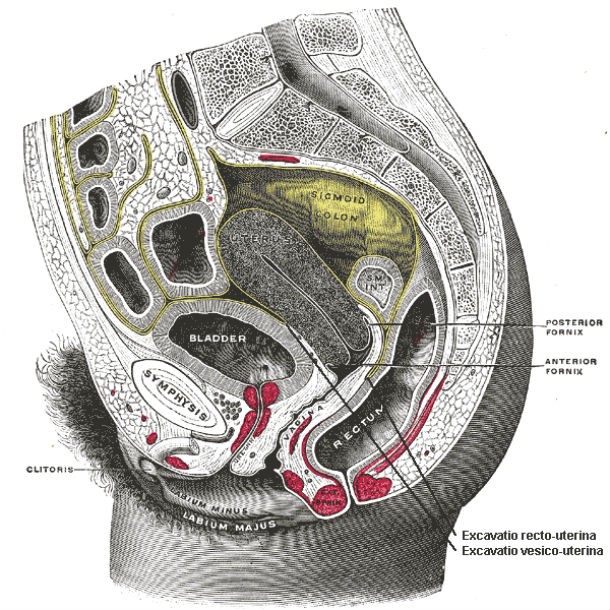 Source: Better than Human: The Promise and Perils of Enhancing Ourselves (Book), Image: en.wikipedia.org
Source: Better than Human: The Promise and Perils of Enhancing Ourselves (Book), Image: en.wikipedia.org This is not just aesthetically and anatomically awkward, but also unhygienic. Combined with our short urethras this leads to frequent urinary tract and bladder infections.
Prostate only causes problems in males
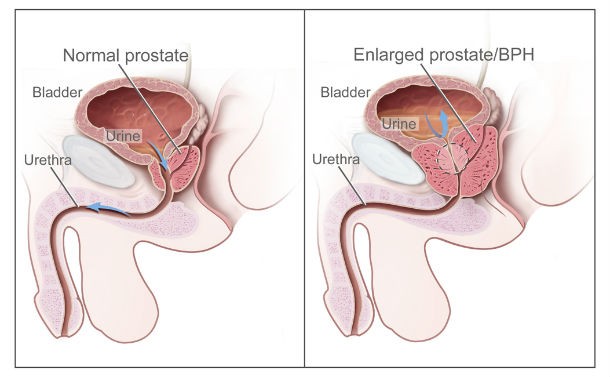 Source: Better than Human: The Promise and Perils of Enhancing Ourselves (Book), Image: en.wikipedia.org
Source: Better than Human: The Promise and Perils of Enhancing Ourselves (Book), Image: en.wikipedia.org The prostate is a ridiculous organ in reality, with a minimally important function (secretion of prostatic fluid increases survival of sperm by a fraction) and a high propensity for developing cancer—most doctors will assure you they would get rid of it altogether at the first possible opportunity.
The prostate really contributes nothing to our survival and reproductive efficacy, and most (if not all) men would be happy with one percent less sperm in exchange for not having to spend fifteen minutes in agony every time they have to pee during the last thirty or forty years of their lives.
Our multifunctional genitals
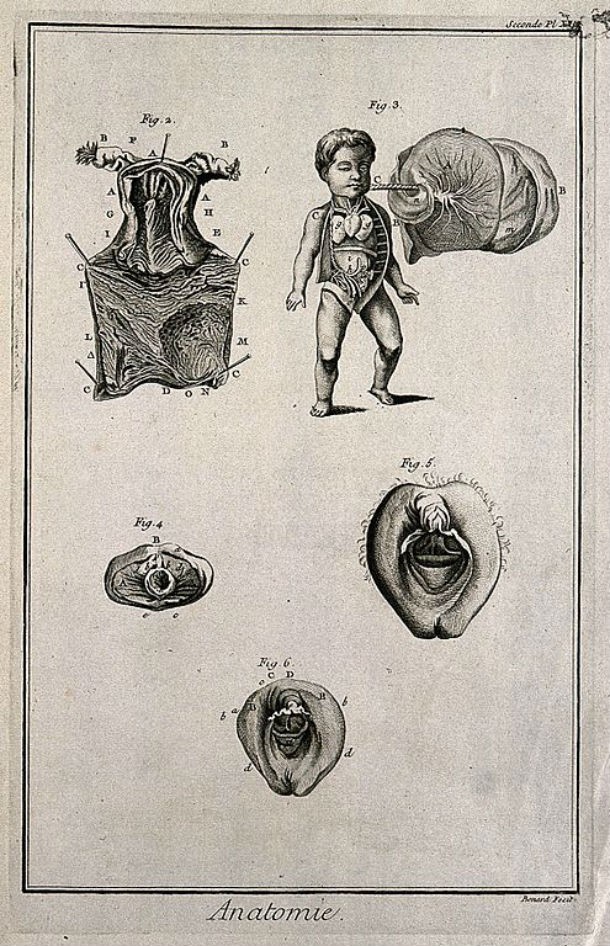 Source: Better than Human: The Promise and Perils of Enhancing Ourselves (Book), Image: commons.wikimedia.org
Source: Better than Human: The Promise and Perils of Enhancing Ourselves (Book), Image: commons.wikimedia.org It’s no secret that our genitals are destined to perform multiple functions and this can be pretty unhygienic. For example, when it comes to women, sexual intercourse pushes bacteria farther into the urethra, leading to UTIs. Additionally, both men and women can contract UTIs from two sexually transmitted bacteria, chlamydia and mycoplasma. And of course, it is from the vagina that babies are brought into the world.
Our inefficient sinuses
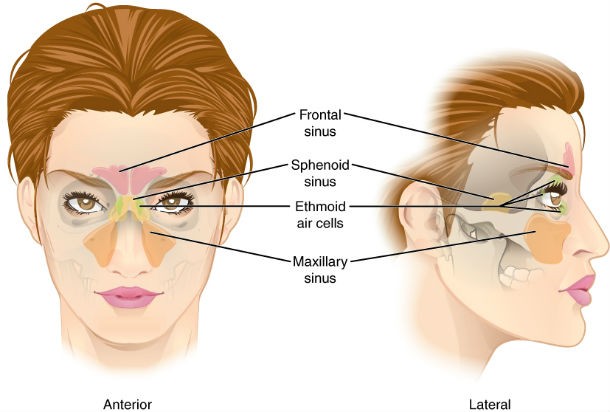 Source: Better than Human: The Promise and Perils of Enhancing Ourselves (Book), Image: commons.wikimedia.org
Source: Better than Human: The Promise and Perils of Enhancing Ourselves (Book), Image: commons.wikimedia.org Humans have several sinuses—air-filled cavities that help with mucus and fluid drainage. But our maxillary sinuses, located on our cheekbone, drain upward. This often leads to the buildup of fluid and mucus, which can cause an infection.
The extremely narrow birth canal
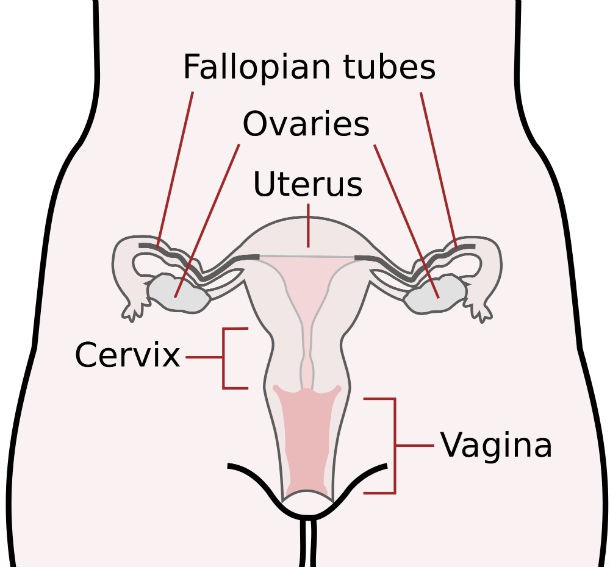 Source: Better than Human: The Promise and Perils of Enhancing Ourselves (Book), Image: en.wikipedia.org
Source: Better than Human: The Promise and Perils of Enhancing Ourselves (Book), Image: en.wikipedia.org
Females have an unreasonably narrow birth canal, resulting in much pain and significantly increased risk to both mother and child during birth. This is a consequence of our quick evolutionary leap from quadrupeds to bipeds, resulting in our narrow pelvis.
Narrow Pelvis Also’s Responsible For…
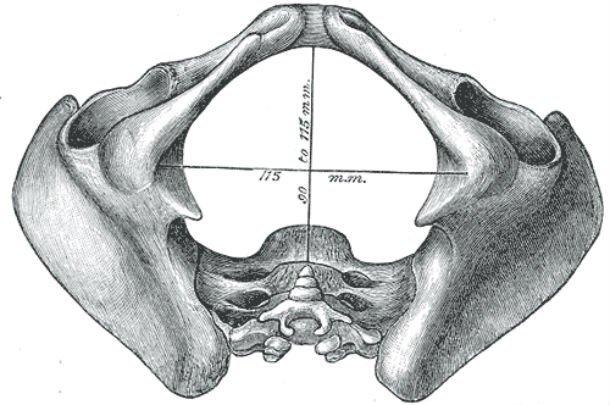 Source: Better than Human: The Promise and Perils of Enhancing Ourselves (Book), Image: en.wikipedia.org
Source: Better than Human: The Promise and Perils of Enhancing Ourselves (Book), Image: en.wikipedia.org As if childbirth wasn’t painful enough on its own, not helping the situation is the narrow width of the female pelvis, which, according to scientific estimations, hasn’t changed for 200,000 years, keeping our brains from growing larger.
Meandering arteries
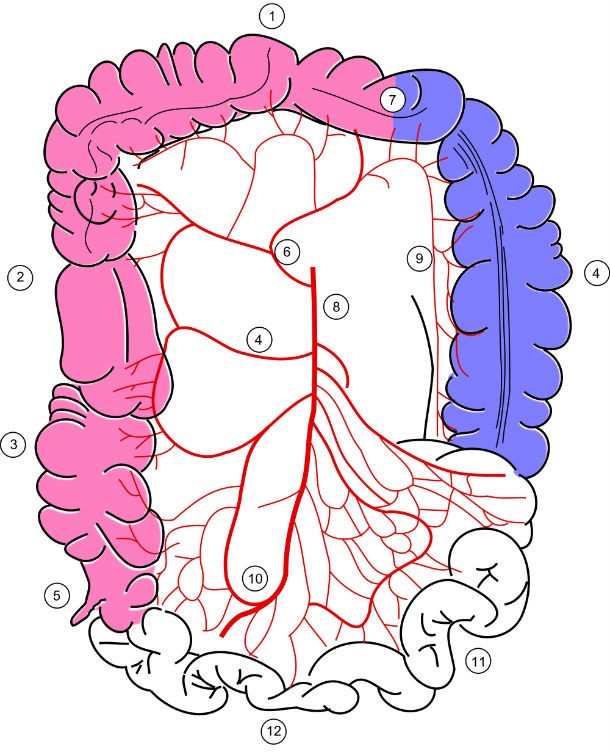 Source: Better than Human: The Promise and Perils of Enhancing Ourselves (Book), Image: en.wikipedia.org
Source: Better than Human: The Promise and Perils of Enhancing Ourselves (Book), Image: en.wikipedia.org Blood flows into each of your arms and legs via one main artery, which enters the limb on the front of the body, by the biceps or hip flexors. To supply blood to tissues at a limb’s back side, such as the triceps and hamstrings, the artery branches out, taking circuitous routes around bones and bundling itself with nerves.
This roundabout plumbing can make for some rather annoying glitches. At the elbow, for instance, an artery branch meets up with the ulnar nerve, which animates your little finger, just under the skin. That’s why your arm goes numb when the lower tip of your upper arm bone, called the humerus or funny bone, takes a sharp blow.
Males have nipples they don’t need
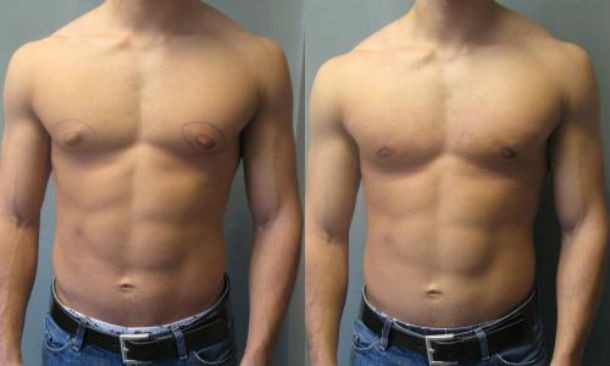 Source: Better than Human: The Promise and Perils of Enhancing Ourselves (Book), Image: commons.wikimedia.org
Source: Better than Human: The Promise and Perils of Enhancing Ourselves (Book), Image: commons.wikimedia.org Nipples remind us that gender is anything but clear cut, especially in utero. Whatever your sex, everyone starts off as a female in the womb. One way or another billions of men around the world have nipples they won’t ever need for their whole lives.
The awkward wiring of the male urinary tract
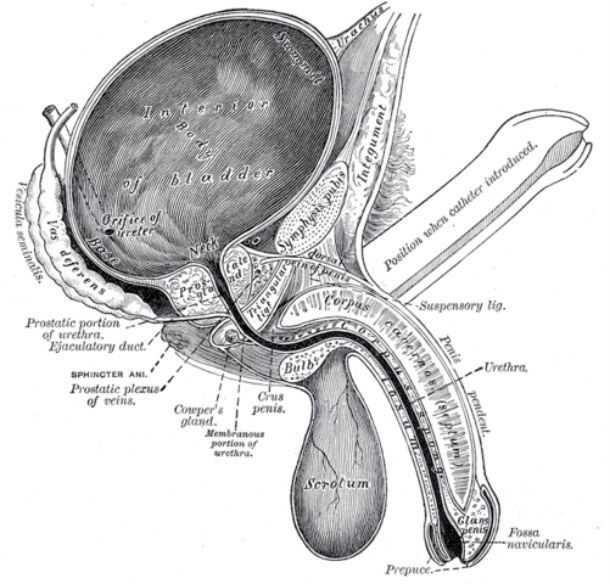 Source: Better than Human: The Promise and Perils of Enhancing Ourselves (Book), Image: commons.wikimedia.org
Source: Better than Human: The Promise and Perils of Enhancing Ourselves (Book), Image: commons.wikimedia.org The urinary tract in males passes through, rather than around, the prostate gland, which can swell and block urinary function.
Loads of unnecessary bones in our feet
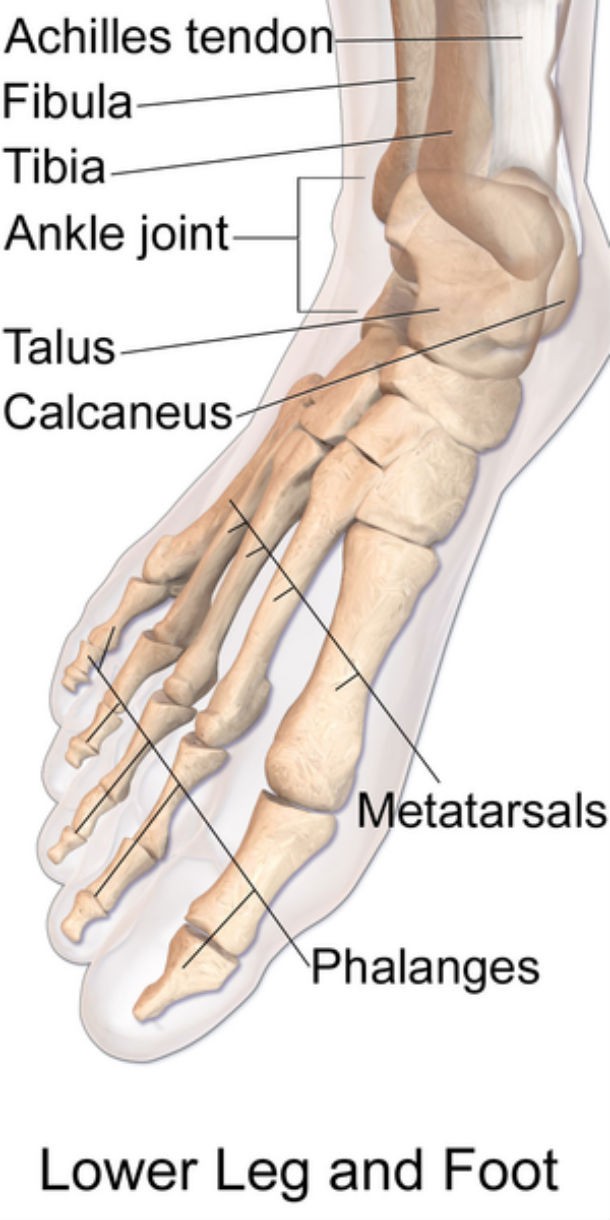 Source: Better than Human: The Promise and Perils of Enhancing Ourselves (Book), Image: en.wikipedia.org
Source: Better than Human: The Promise and Perils of Enhancing Ourselves (Book), Image: en.wikipedia.org It is scientifically accepted that our feet have so many bones because our apelike ancestors needed flexible feet to grasp branches. When they moved out of the trees and began walking upright on the ground in the last five million years or so, the toe changed.
It became more stable. Over time, the big toe aligned itself with the others and our ancestors developed an arch to work as a shock absorber. As a result we now have lots of bones that we don’t need in our feet.
A misrouted nerve
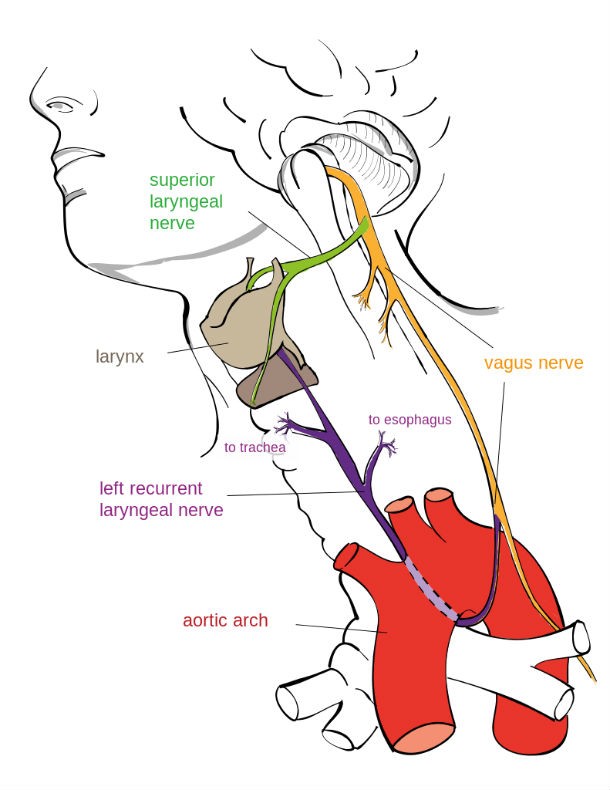 Source: Better than Human: The Promise and Perils of Enhancing Ourselves (Book), Image: commons.wikimedia.org
Source: Better than Human: The Promise and Perils of Enhancing Ourselves (Book), Image: commons.wikimedia.org The recurrent laryngeal nerve (RLN) plays a vital role in our ability to speak and swallow. It feeds instructions from the brain to the muscles of the voice box, or larynx, below the vocal cords. Theoretically, the trip should be a quick one.
But during fetal development, the RLN gets entwined in a tiny lump of tissue in the neck, which descends to become blood vessels near the heart. That drop causes the nerve to loop around the aorta before traveling back up the larynx. Having this nerve in your chest makes it vulnerable during surgery—or a fistfight.
Ectopic pregnancy
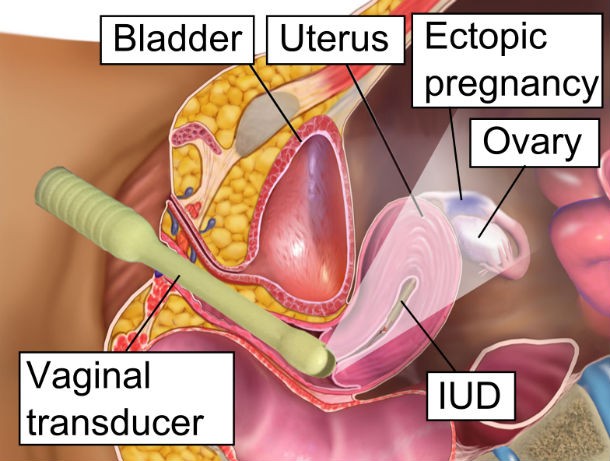 Source: Better than Human: The Promise and Perils of Enhancing Ourselves (Book), Image: en.wikipedia.org
Source: Better than Human: The Promise and Perils of Enhancing Ourselves (Book), Image: en.wikipedia.org In the human female, a fertilized egg can implant itself into the fallopian tube, cervix, or ovary rather than the uterus causing an ectopic pregnancy. Prior to modern surgery, ectopic pregnancy invariably caused the deaths of both mother and child. Even today, in almost all cases the baby must be aborted to save the mother’s life.
Crowded teeth
 Source: Better than Human: The Promise and Perils of Enhancing Ourselves (Book), Image: en.wikipedia.org
Source: Better than Human: The Promise and Perils of Enhancing Ourselves (Book), Image: en.wikipedia.org Humans typically have three molars on each side of the upper and lower jaws near the back of the mouth. When our brain expanded in size, the jaw grew wider and shorter, leaving no room for the third molar farthest back. These cuspid grinders may have been useful before we learned to cook and process food but now our “wisdom teeth” mostly just get painfully impacted.
We can produce only a single set of adult teeth
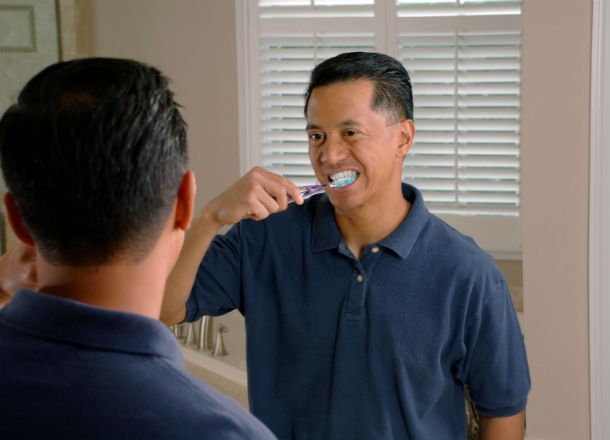 Source: Better than Human: The Promise and Perils of Enhancing Ourselves (Book), Image: commons.wikimedia.org
Source: Better than Human: The Promise and Perils of Enhancing Ourselves (Book), Image: commons.wikimedia.org Even though it doesn’t seem like producing a second set of teeth would be terrifically taxing on our system nowadays, especially in an era of extremely cheap calories and calcium supplements, this doesn’t happen.
Balding
 Source: Better than Human: The Promise and Perils of Enhancing Ourselves (Book), Image: commons.wikimedia.org
Source: Better than Human: The Promise and Perils of Enhancing Ourselves (Book), Image: commons.wikimedia.org It can happen any where between you teenage years or your older years; there is no known way to prevent it; and it really serves no evolutionary advantage that we know of. So what gives body?! According to the U.S. National Library of Medicine , more than 50 percent of men over 50 will experience some form of baldness.
Attention Deficit Hyperactivity Disorder
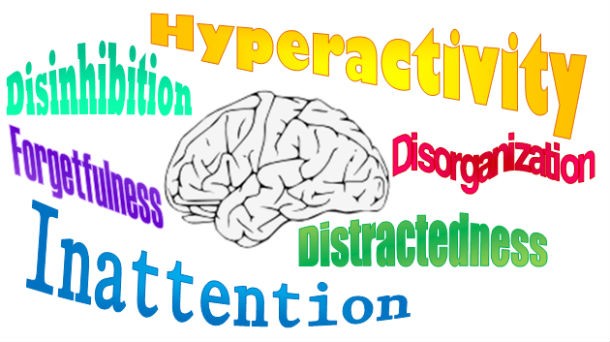 Source: Better than Human: The Promise and Perils of Enhancing Ourselves (Book), Image: commons.wikimedia.org
Source: Better than Human: The Promise and Perils of Enhancing Ourselves (Book), Image: commons.wikimedia.org Science defines attention deficit hyperactivity disorder (ADHD) as a neurodevelopmental psychiatric disorder in which there are significant problems with executive functions such as attention control, for example, that cause attention deficits, hyperactivity, or impulsiveness that is not appropriate for people when they reach a certain age. The most interesting part is that of all living creatures only humans are capable of developing such a disorder.
The human appendix
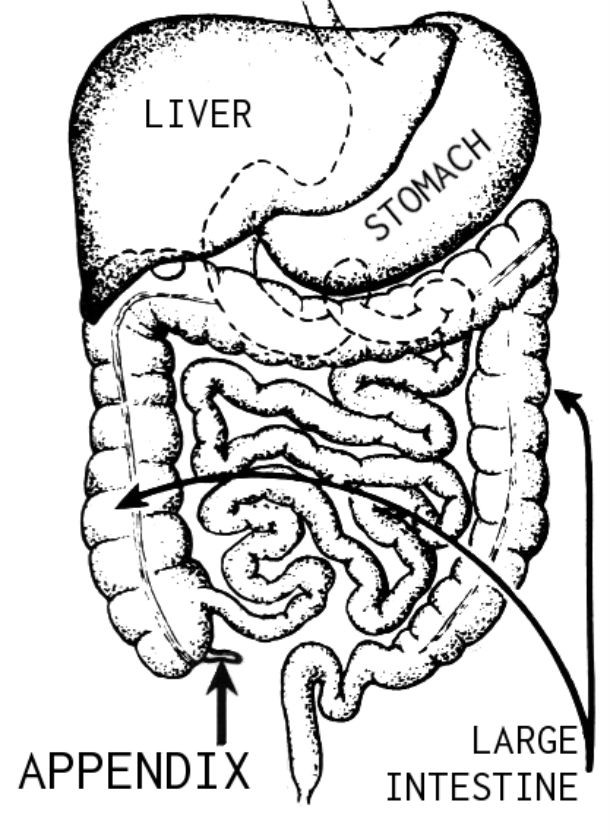 Source: Better than Human: The Promise and Perils of Enhancing Ourselves (Book), Image: commons.wikimedia.org
Source: Better than Human: The Promise and Perils of Enhancing Ourselves (Book), Image: commons.wikimedia.org Even if you didn’t know any of the other flaws on this list we’re pretty sure you’ve heard of our most useless organ. The appendix is a vestigial organ with no purpose that we know of as of yet. However, this useless organ can become inflamed, infected, and can even rupture. A hefty price to pay for something that does nothing.
Our exposed testicles
 Source: Better than Human: The Promise and Perils of Enhancing Ourselves (Book), Image: en.wikipedia.org
Source: Better than Human: The Promise and Perils of Enhancing Ourselves (Book), Image: en.wikipedia.org A man’s life-giving organs hang vulnerably outside the body, which often leads to extremely painful situations. Now, we know that the testicles remain outside the body because it needs to remain cooler than the temperature inside the body for sperm production. Nevertheless, we can’t help but notice that moving the testicles “indoors” would save men an incredible amount of pain.
Fingerprints
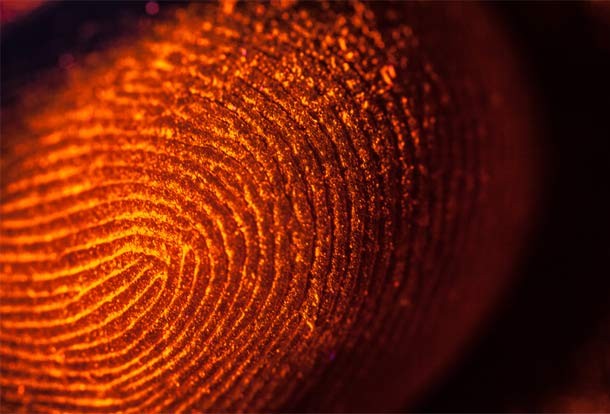 Source: Reader's digest Image: Shutterstock
Source: Reader's digest Image: Shutterstock Ok, it’s cool that no two fingerprints are the same (even for twins). But other than that, what biological use do they have? Some experts believe they improve grip but a British study found that fingerprint ridges actually made it harder to hold flat smooth surfaces. Other suggestion include an improved sense of touch and help in skin protection. The jury is still out though.
A misplaced voice box
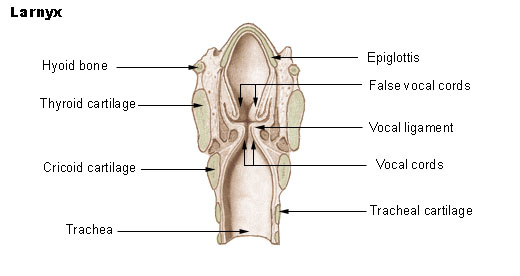 Source: Better than Human: The Promise and Perils of Enhancing Ourselves (Book), Image: commons.wikimedia.org
Source: Better than Human: The Promise and Perils of Enhancing Ourselves (Book), Image: commons.wikimedia.org The trachea (windpipe) and esophagus (food pipe) open into the same space, the pharynx, which extends from the nose and mouth to the larynx (voice box). To keep food out of the trachea, a leaf-shaped flap called the epiglottis reflexively covers the opening to the larynx whenever you swallow.
But sometimes the epiglottis isn’t fast enough. If you’re talking and laughing while eating, food may slip down and get lodged in your airway, causing you to choke.
Our overloaded lower backs
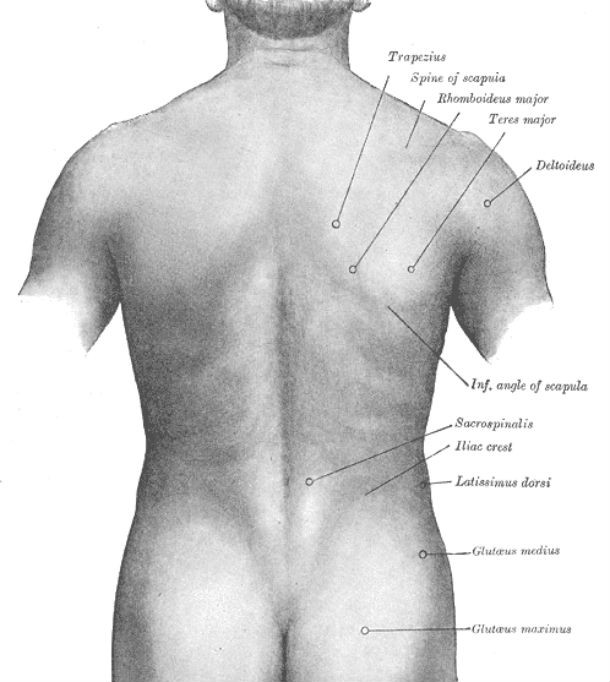 Source: Better than Human: The Promise and Perils of Enhancing Ourselves (Book), Image: en.wikipedia.org
Source: Better than Human: The Promise and Perils of Enhancing Ourselves (Book), Image: en.wikipedia.org According to paleoanthropologist Bruce Latimer of Case Western Reserve University in Cleveland, Ohio, this is a clear consequence of our transition from four-legged to two-legged creatures.
When humans stood upright, their spine, which had evolved to be stiff for climbing and moving in trees, rotated ninety degrees and the head became balanced on top. All that curvature, with the weight of the head stacked on top, creates pressure that causes back problems.
An awkwardly designed brain
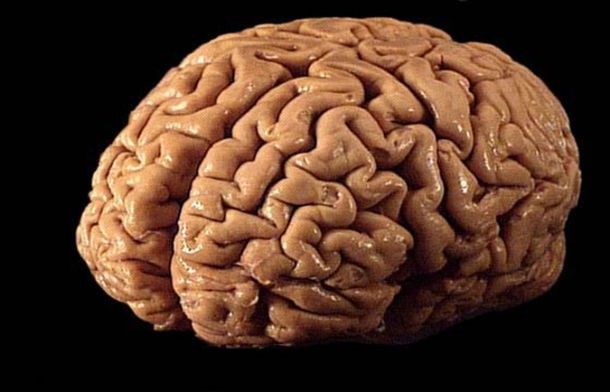 Source: Better than Human: The Promise and Perils of Enhancing Ourselves (Book), Image: commons.wikimedia.org
Source: Better than Human: The Promise and Perils of Enhancing Ourselves (Book), Image: commons.wikimedia.org The human brain didn’t evolve as naturally and logically as some of us might believe. As new parts were being added, older parts had to remain “online” to keep us updated, as psychologist Gary Marcus claims in Kluge: The Haphazard Evolution of the Mind.
So next time you wonder why depression, madness, and obsessive-compulsive disorder among other issues occur out of nowhere, now you know what’s wrong: our brains have been problematic from day one.
Our breathing reflex
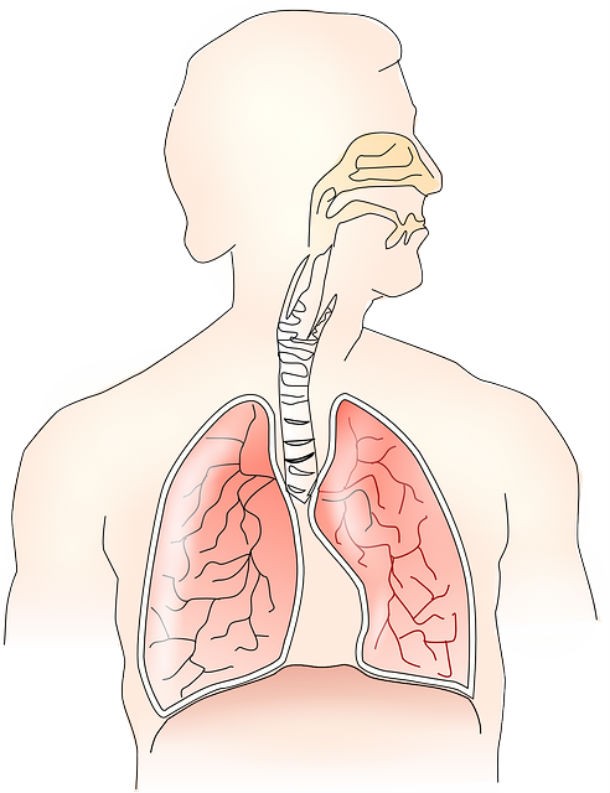 Source: Better than Human: The Promise and Perils of Enhancing Ourselves (Book), Image: pixabay.com
Source: Better than Human: The Promise and Perils of Enhancing Ourselves (Book), Image: pixabay.com The human breathing reflex is stimulated not directly by the absence of oxygen but rather indirectly by the presence of carbon dioxide. In other words, oxygen deprivation can occur in unadapted individuals who do not consciously increase their breathing rate. Asphyxiation in a pure-nitrogen atmosphere has been proposed as a humane method of execution that exploits this “oversight.”
The blind spot in our eyes
 Source: Better than Human: The Promise and Perils of Enhancing Ourselves (Book), Image: en.wikipedia.org
Source: Better than Human: The Promise and Perils of Enhancing Ourselves (Book), Image: en.wikipedia.org For the most part, the human eye gives the brain an accurate picture of what’s going on in the world. However, there are a few issues. Although many birds and insects can see ultraviolet light, humans are stuck looking at so-called visible light only.
This cuts down on how we see the world, not letting us see the urine trails left behind by some mammals and not letting us fully appreciate the colors of certain flowers, which have evolved to put on quite a show in ultraviolet light while remaining plain in visible light. The human eye also can’t distinguish between polarized and non-polarized light, while many cephalopods and some birds can.



























